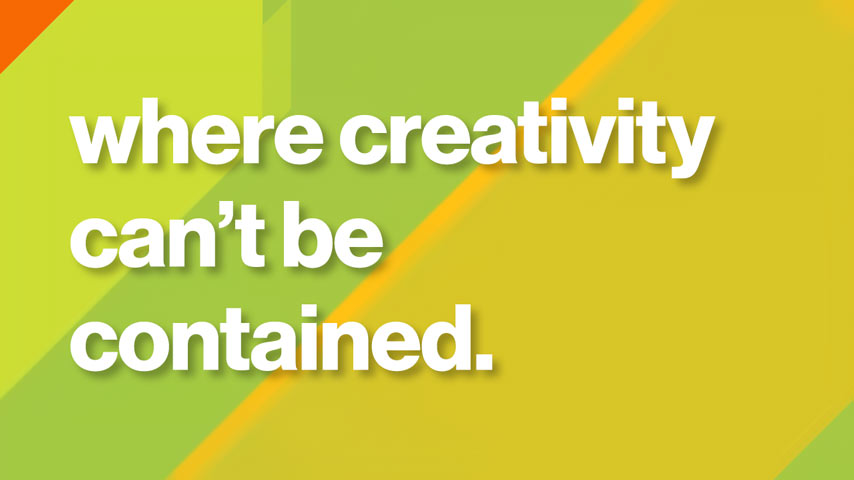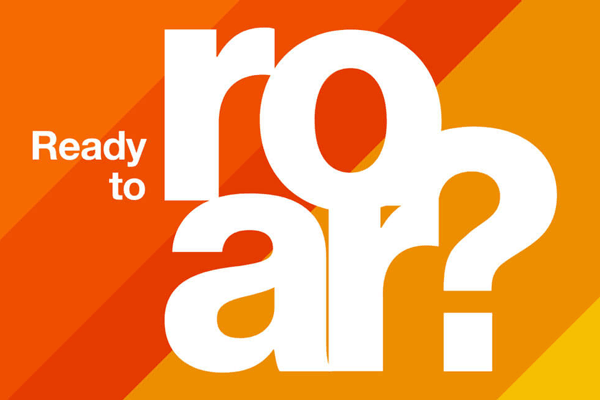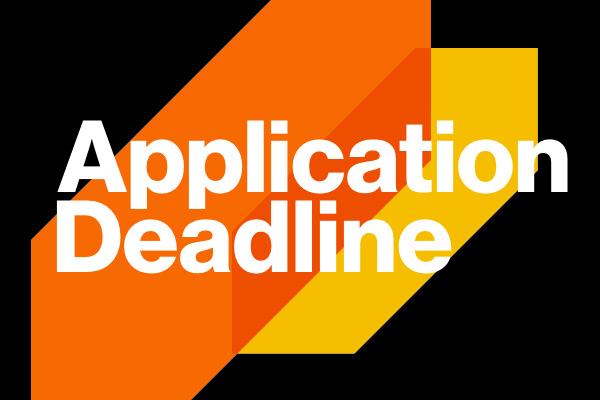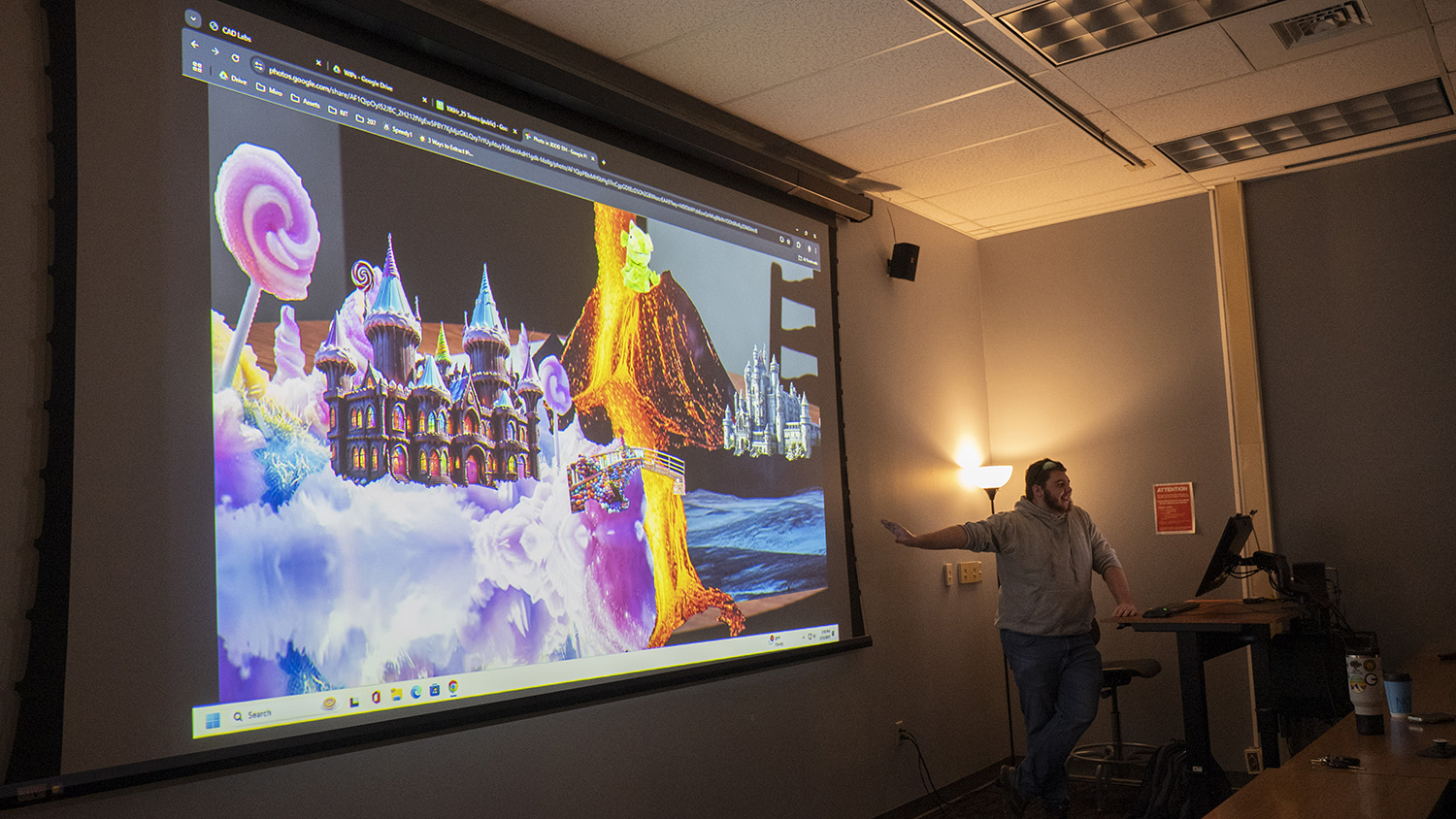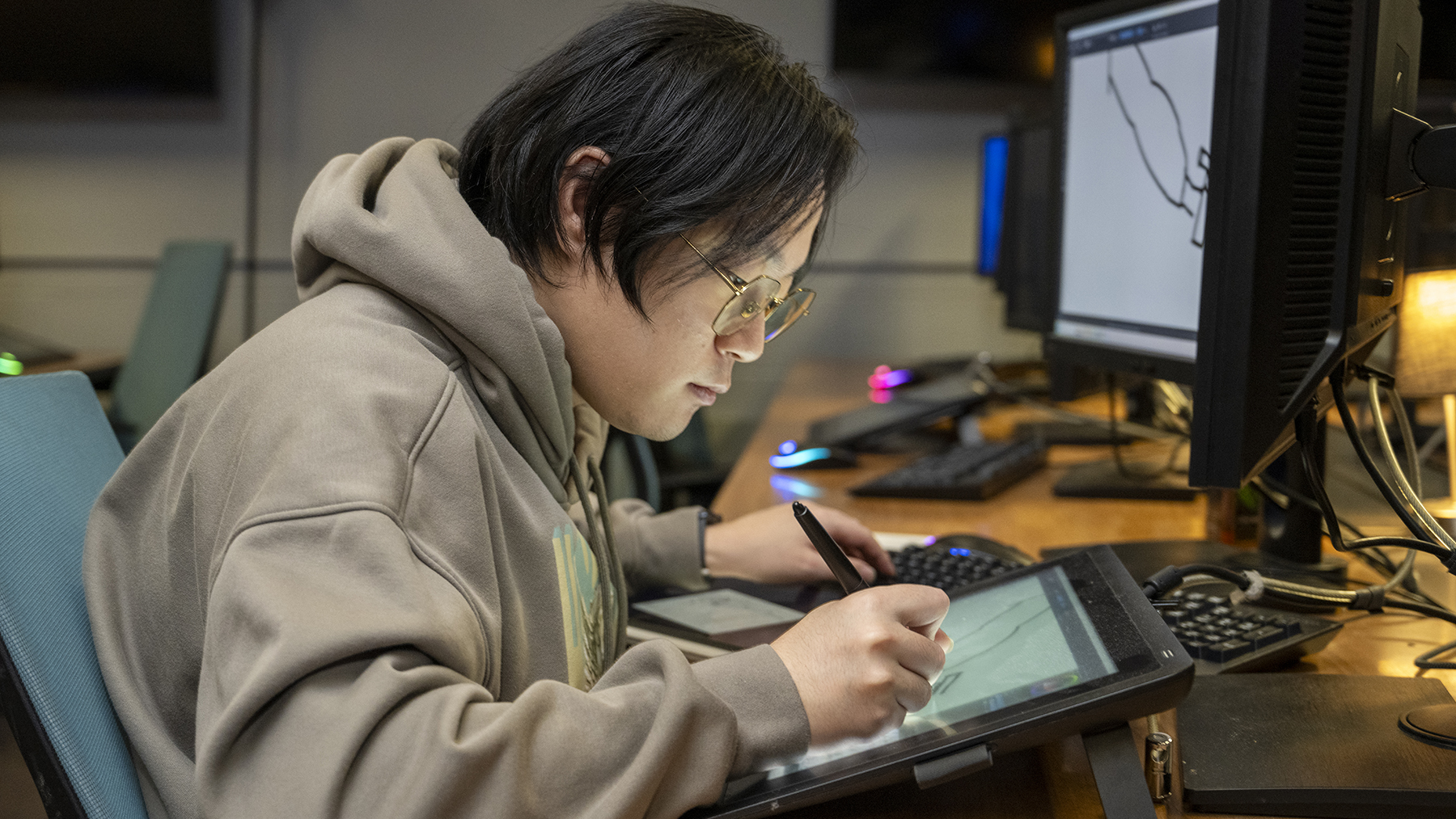3D Digital Design Bachelor of Fine Arts Degree
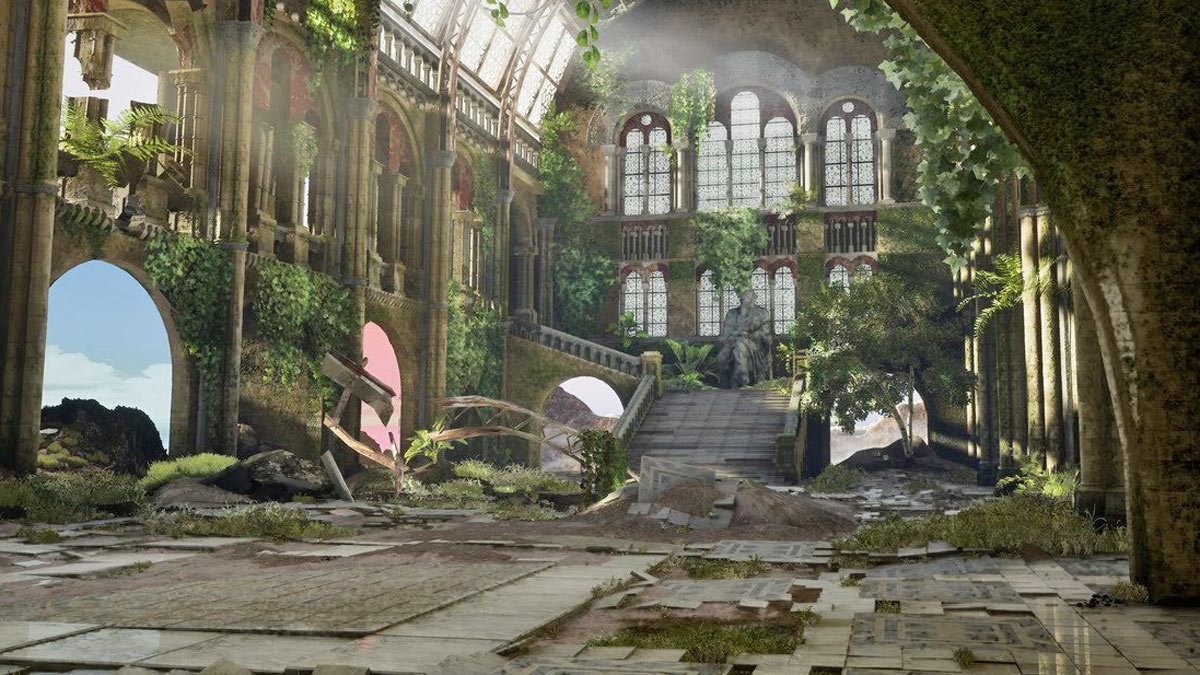
3D Digital Design
Bachelor of Fine Arts Degree
- RIT /
- Rochester Institute of Technology /
- Academics /
- 3D Digital Design BFA
Create 3D assets for games, VR, simulations, and more in RIT’s cutting-edge 3D digital design degree.
Overview for 3D Digital Design BFA
Why Study 3D Digital Design at RIT
Industry Networking: Take part in Creative Industry Day, which allows you to connect with professionals in your field of study.
Accelerated Degree Option: A combined Bachelor’s/Master’s degree program will give you a competitive advantage in your field.
Alumni Relationships: Alumni work in top companies around the world, applying the skills they’ve learned to design solutions for all kinds of problems.
Two Options to Choose from: choose from options in game arts or 3D visualization.
STEM-OPT Visa Eligible: The STEM Optional Practical Training (OPT) program allows full-time, on-campus international students on an F-1 student visa to stay and work in the U.S. for up to three years after graduation.
3D digital designers use their passion to create virtual elements featured in everything from games and movies to visualizations and augmented reality. On your first day in the program, you begin learning and using the same software that professionals use in related fields. Our multidisciplinary approach provides ample opportunity to collaborate with engineers, musicians, scientists, animators, and medical professionals and put your 3D design abilities to use while you are at RIT, and be prepared for the real-world when you graduate.
RIT’s 3D Digital Design Degree
From day one of our 3D digital design degree, you’ll begin learning the design software professionals use for real-world digital design. You will also have the opportunity to collaborate with engineers, musicians, scientists, animators, and medical professionals, putting your 3D design abilities to use before you even graduate.
Traditional 3d digital arts skills are augmented with principles of time, motion, lighting, rendering, and compositing to create inspiring projects. In addition to the 3D software, students learn:
- Motion and facial capture
- Projection mapping
- 3D printing
Enhance Your 3D Digital Arts Major
You can choose from two focused degree options:
- The game arts option centers on the creation of visual elements and assets for a wide range of game platforms. This option allows you to pursue creative interests in game arts, from designing virtual elements and lighting to animated characters and backgrounds.
- The 3D visualization option gives you the flexibility to pursue a broad range of applications that use digital design as the platform for 3D content creation. This option emphasizes the creation and simulation of environments and objects for virtual spaces for a growing number of real-world opportunities.
Furthering Your Education in 3D Digital Design
Today’s careers require advanced degrees grounded in real-world experience. RIT’s Combined Accelerated Bachelor’s/Master’s Degrees enable you to earn both a bachelor’s and a master’s degree in as little as five years of study, all while gaining the valuable hands-on experience that comes from co-ops, internships, research, study abroad, and more.
+1 MBA: Students who enroll in a qualifying undergraduate degree have the opportunity to add an MBA to their bachelor’s degree after their first year of study, depending on their program. Learn how the +1 MBA can accelerate your learning and position you for success.
-
Join Us for Accepted Student Open House
Visit campus on March 28 or April 11 to meet faculty, tour campus, and ask your questions.
-
Apply by January 15 for Fall 2026
Get your first-year application in and receive a decision by mid-March.
Careers and Experiential Learning
Typical Job Titles
| AR/VR Designer | Architectural Modeler | Character Artist/Designer |
| CG Artist | Concept Artist | Digital Art Designer |
| Digital Asset Designer | Digital Sculptor | Environment Designer |
| Forensic Artist | Game Designer | Game Developer |
| Level Designer | Lighting Technical Director (TD) | Motion Graphics Artist |
| Rigger | Special Effects Artist | Technical Artist |
| Texture Artist | User Interface Artist | Visualization Artist |
Industries
-
Design
-
Animation
-
Advertising, PR, and Marketing
-
Internet and Software
-
Movies, TV, and Music
-
Computer Games
-
Non-Profit
Cooperative Education and Internships
What’s different about an RIT education? It’s the career experience you gain by completing cooperative education and internships with top companies in every single industry. You’ll earn more than a degree. You’ll gain real-world career experience that sets you apart.
Co-ops and internships take your knowledge and turn it into know-how. Your art and design co-ops will provide hands-on experience that enables you to apply your artistic capabilities in dynamic professional settings while you make valuable connections between classwork and real-world applications.
Students in the digital arts BFA are strongly encouraged to complete a cooperative education or internship experience.
Creative Industry Days
Connect with Design Industry Leaders
RIT’s Office of Career Services and Cooperative Education hosts Creative Industry Days, which connects students majoring in art, design, film and animation, photography, and select computing majors with companies, organizations, creative agencies, design firms, and more. Creative Industry Days are a series of events that allow you to network with company representatives and interview directly for open co-op and full-time employment positions.
Featured Work and Profiles
-
Building a Virtual Production Curriculum
Supported by MegaGrant from Epic Games, MAGIC Spell Studios has brought groundbreaking research and filmmaking techniques to RIT.
Read More about Building a Virtual Production Curriculum -
3D Digital Design Reel
A compilation of student work from the last few years.
Read More about 3D Digital Design Reel -
3D Digital Design Capstone Showcase - 2025
Select final projects from RIT's 3D digital design program class of 2025.
Read More about 3D Digital Design Capstone Showcase - 2025 -
Bringing Board Games to Life
It's game night! For the 2025 installment of the RIT 3D digital design program's annual 100 Hour Project, the theme was virtual game boards. The 100 Hour Project annually challenges teams of students...
Read More about Bringing Board Games to Life -
Recent alumna receives industry recognition
Priscilla Nascimento Priscilla Nascimento ’24 (3D digital design) was recognized in the 2024 Rookie Awards, a showcase organized by The Rookies that highlights exemplary work by young creatives as judged by industry...
Read More about Recent alumna receives industry recognition -
100 Hour Project - Into the Wormhole
RIT's 3D digital design program went into the wormhole with 12 teams of students designing their own corner of spacetime. The project was for the program's 100 Hour Project, an annual community...
Read More about 100 Hour Project - Into the Wormhole
Curriculum for 2025-2026 for 3D Digital Design BFA
Current Students: See Curriculum Requirements
Admissions and Financial Aid
This program is STEM designated when studying on campus and full time.
First-Year Admission
First-year applicants are expected to demonstrate a strong academic background that includes:
- 4 years of English
- 3 years of social studies and/or history
- 3-4 years of mathematics
- 2-3 years of science
- Studio art experience and a portfolio of original artwork are required. View Portfolio Requirements for more information.
Transfer Admission
Transfer applicants should meet these minimum degree-specific requirements:
- Studio art or design experience and a portfolio of original artwork are required. View Portfolio Requirements for more information.
Financial Aid and Scholarships
100% of all incoming first-year and transfer students receive aid.
RIT’s personalized and comprehensive financial aid program includes scholarships, grants, loans, and campus employment programs. When all these are put to work, your actual cost may be much lower than the published estimated cost of attendance.
Learn more about financial aid and scholarships
Accreditation
Related News
-
September 24, 2025
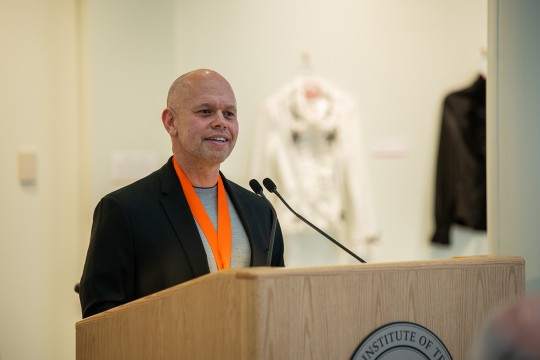
New School of Film and Animation director, faculty roles for 2025-26
Ricky Figueora taking over as the new director of RIT's School of Film and Animation headlines exciting promotions and additions to the College of Art and Design faculty.
-
April 29, 2025
Student brings photographic precision to 3D visual effects
Kendall Dirks' zeal for photography dates back to before high school and was used to enhance his 3D work at RIT, which included innovative projects and doing visual effects work for a feature film.
-
April 22, 2025

Virtually endless possibilities: RIT researchers push boundaries with immersive technologies
RIT researchers are pushing the boundaries with immersive technologies, including augmented reality (AR), virtual reality (VR), extended reality (XR), and mixed reality (MR).
Contact
- Gary Jacobs
- Undergraduate Program Director, 3D Digital Design
- School of Design
- College of Art and Design
- 585‑475‑6987
- gdjfaa@rit.edu
School of Design










